How to Separate Antimony Ore?
3406Learn various methods for separating antimony ore, including gravity separation, flotation, magnetic separation. Improve your antimony recovery process today!
View detailsSearch the whole station Crushing Equipment
To choose the correct screening equipment, you must first determine if your material is wet or dry. Then, you must define your required product specifications, which dictates the screen type, number of decks, and mesh selection to match your crusher’s output.
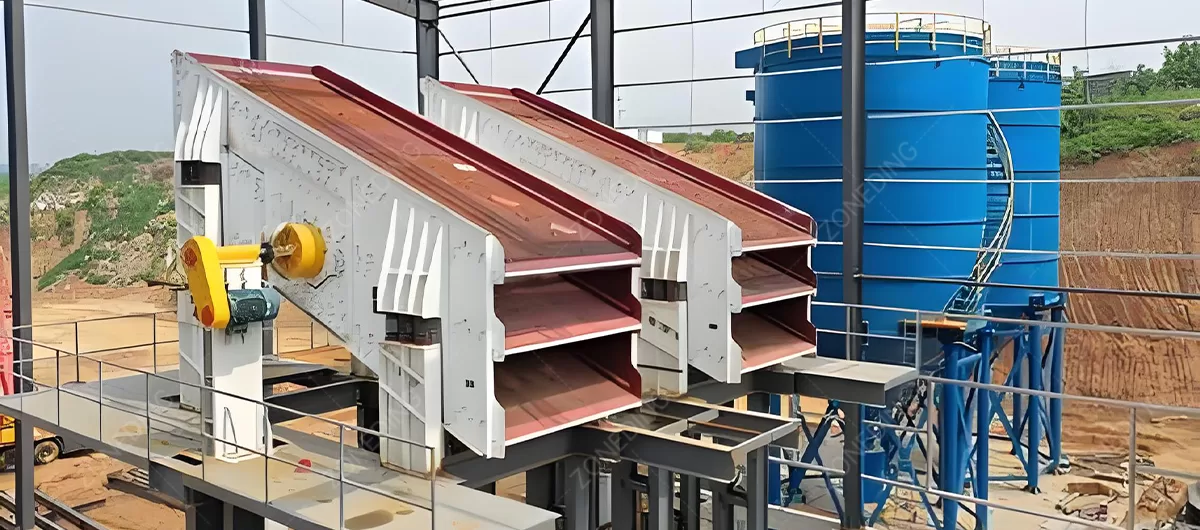
I have seen operators fight with clogged screens day after day, losing thousands in downtime. The problem was never the screen itself, but the choice they made before it was ever installed. Screening is not just about shaking rocks; it is a science. Asking the right questions at the beginning will save you from operational nightmares later.
You are trying to screen wet sand with high clay content. It just turns into a solid mass on your screen. This is a common and expensive problem. The moisture in your material changes everything.
The moisture and clay content of your material is the single most important factor. Dry, free-flowing material can use standard vibrating screens. Wet, sticky material requires special solutions like a water spray system or a trommel screen to prevent clogging.
When fine particles are wet, they stick together and to larger rocks because of surface tension. This phenomenon, called “blinding,” will completely block the openings of a standard screen mesh, rendering it useless. You cannot fight physics. You must choose equipment that works with it. For materials with high moisture or clay, you have two primary options. First, you can add more water with a carefully designed spray system on a Vibrating Screen. The goal is to create a slurry that flows, allowing fines to wash through the screen openings. Second, for very sticky materials like topsoil or compost, a trommel screen is superior. Its tumbling and lifting action actively breaks up clumps, something a vibrating screen cannot do. Choosing the wrong machine for wet material is a guarantee of failure.
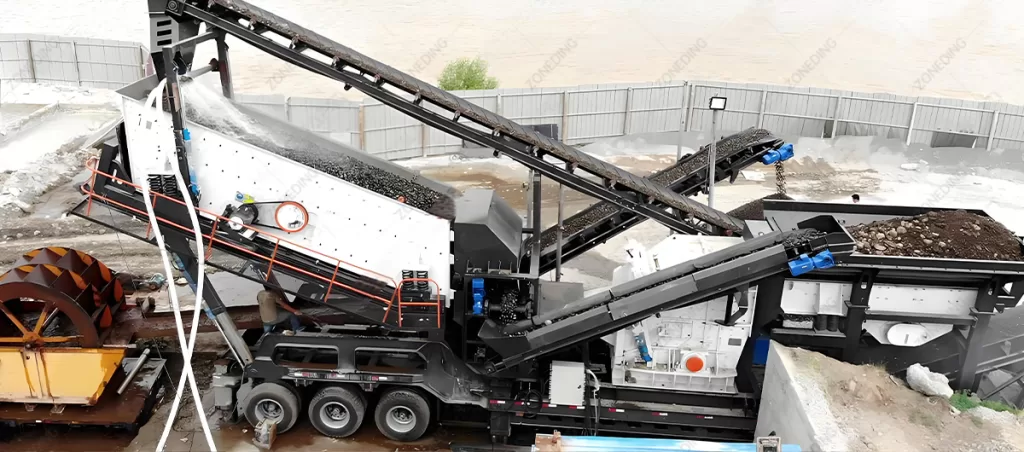
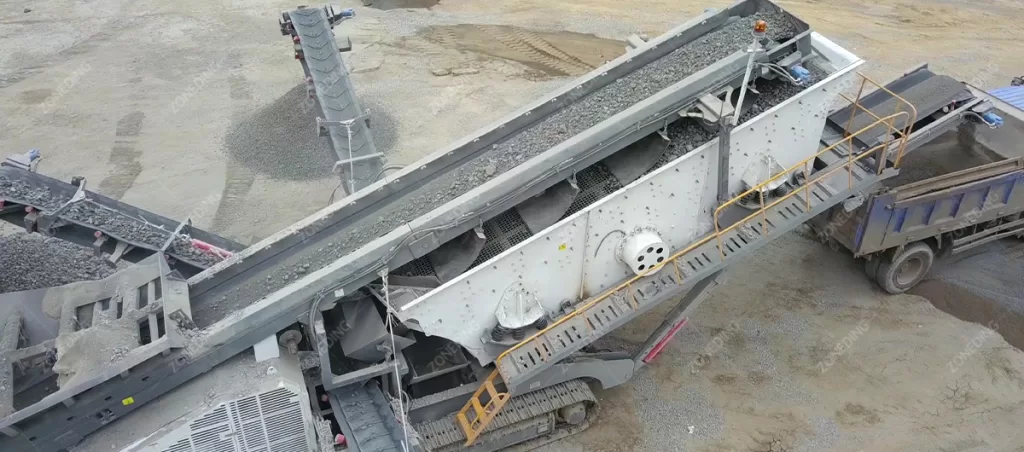
| Problem | Solution | How It Works |
|---|---|---|
| Moderate Moisture | Water Spray System on Vibrating Screen | Adds water to create a slurry, washing fine particles through the mesh. |
| High Clay / Sticky Material | Trommel Screen | Tumbles and lifts material, breaking up clumps to allow for separation. |
| Washed Product | Fine Sand Recovery Machine | Recovers fine sand from the wastewater and dewaters the final product. |
You need to sell 0-5mm sand, 5-10mm pea gravel, and 10-20mm aggregate. How does one machine create all these products at once? It depends on its layers.
The number of different final products you need determines the number of decks, or layers, on your screening machine. A single-deck screen creates two products, while a three-deck screen can create four separate products simultaneously.
Think of a screen deck as a filter. A Vibrating Screen can be built with multiple decks stacked on top of each other. Each deck is fitted with a screen mesh of a different size. The material is fed onto the top deck, which has the largest openings. Anything smaller than the top mesh falls through to the deck below. This process continues down through the layers. For example, to get the three products mentioned above, you would use a three-deck screen. The top deck might have a 20mm mesh. The middle deck would have a 10mm mesh, and the bottom deck would have a 5mm mesh. Material that stays on the top deck is your +20mm oversize. Material passing the top but staying on the middle is your 10-20mm product. Material passing the middle but staying on the bottom is your 5-10mm product. Everything that passes through the bottom deck is your 0-5mm sand. The number of decks directly corresponds to the complexity of your product requirements.
You see a massive boulder heading for your crusher. Or you have a pile of wet, clumpy soil. A standard vibrating screen is not always the answer. You need a specialist.
Choose the screen type based on material size and properties. Use a grizzly screen for coarse scalping before the crusher. Use a Vibrating Screen for general aggregate sizing. Use a trommel screen for wet, sticky, or compost-like materials.
Not all screens are created equal. Each is designed for a specific task. Using the wrong one is inefficient and dangerous.
A Grizzly Screen, often part of a Vibrating Feeder, is not for precise sizing. It is a heavy-duty bouncer. Its job is to remove oversized rock and dirt before the material enters the primary crusher. This protects the crusher from damage and removes fine material that doesn’t need to be crushed, increasing overall efficiency.
A Vibrating Screen is the most common type, the workhorse of any quarry. It uses high-frequency vibration to separate material accurately. It can be a circular motion screen, which is aggressive and good for high volumes, or a linear motion screen, which is better for dewatering and fine sizing.
A Trommel Screen does not vibrate. It is a large, rotating cylinder angled downwards. Its tumbling action is perfect for separating materials that would clog a vibrating screen, like soil, wood waste, and municipal solid waste.
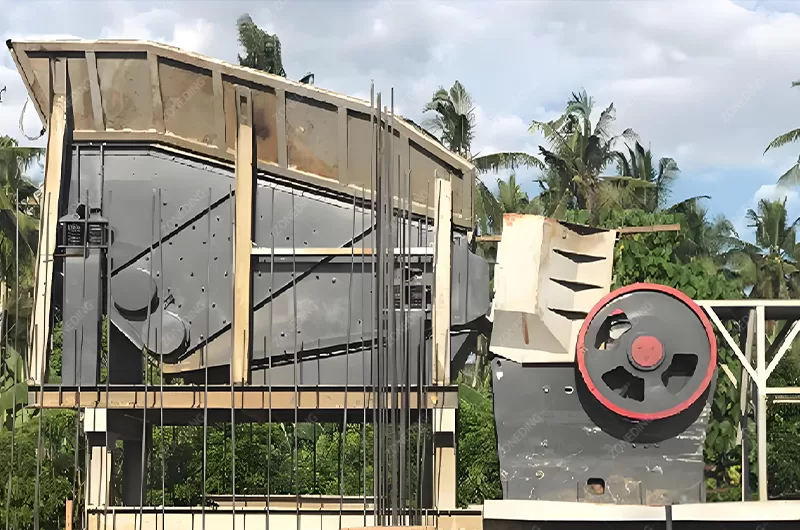
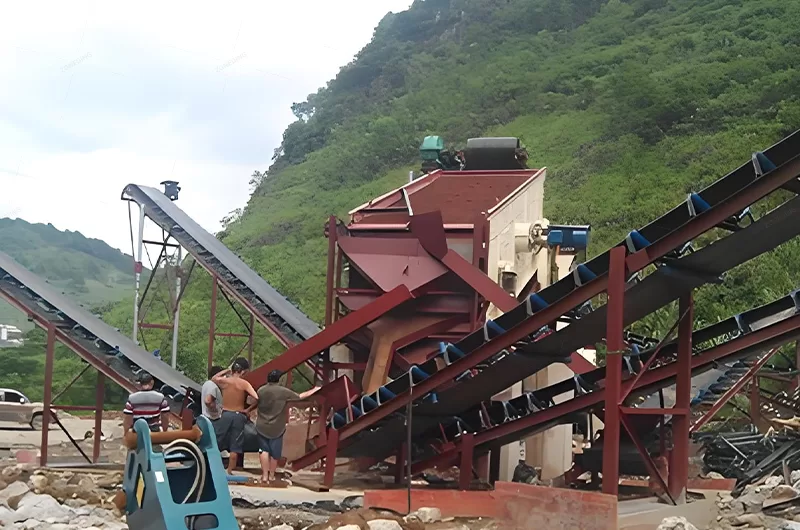
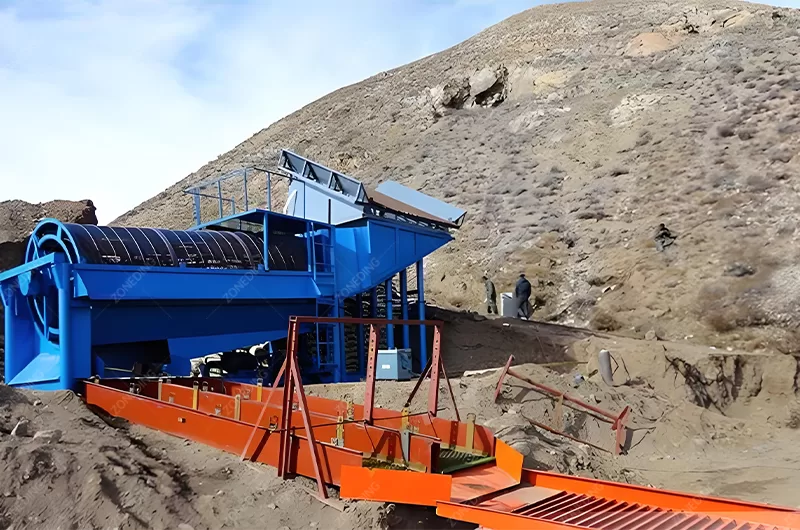
| Screen Type | Primary Use | Best For Materials That Are… |
|---|---|---|
| Grizzly / Bar Screen | Coarse scalping, pre-screening | Very large, heavy, and coarse |
| Vibrating Screen | Precise sizing of aggregate | Dry to moderately wet, free-flowing |
| Trommel Screen | Separation of difficult materials | Wet, sticky, clumpy, with light debris |
Your plant is running, but your product piles are not growing. You look at your screen and see the mesh is completely blocked. This is the most common frustration in screening.
Your screen clogs from “blinding” (wet fines blocking holes) or “pegging” (near-size rocks stuck in holes). The solution is to choose the right screen media type. A polyurethane screen is better than wire mesh for wet, sticky conditions.
The surface that does the actual screening is called the screen media. Most operators only think about the hole size, but the material and type of the media are more important for preventing clogs. Standard woven wire mesh has the highest “open area,” meaning it has the most holes per square meter, which gives it the highest theoretical capacity. However, it is rigid and prone to pegging and blinding. For difficult applications, polyurethane or rubber screen media is a far better choice. Even though it has a lower open area, the material is flexible. The vibration causes the surface to flex and pop out any stuck particles. This self-cleaning action keeps the screen working efficiently in wet or sticky conditions where wire mesh would fail in minutes. The slightly lower capacity is much better than zero capacity from a clogged screen.
You have a crusher that can produce 200 tons per hour, but your plant is only making 120 tons per hour. The problem is not the crusher. It is a screen that cannot keep up.
The screen’s capacity must be higher than the crusher’s output. In a closed-circuit system, the screen acts as the traffic controller. It must be large enough to handle both the new feed from the crusher and the recirculating oversized material.
A professional Stone Crushing Plant almost always uses a “closed-circuit” design. Here is how it works: The crusher breaks the rock. The material is fed to the screen. The screen separates the correctly sized “finished” product. Any material that is still too large (oversize) is sent back to the crusher on a conveyor belt for another round of crushing. The screen is the brain of this loop. If it is too small, it cannot separate the material fast enough. A traffic jam of oversized material builds up, choking the crusher and forcing it to work inefficiently. To avoid this bottleneck, the screen must be sized to handle not just the fresh material coming from the primary stage, but also this significant recirculating load. A properly sized screen lets the crusher work at its full potential.
The biggest hidden costs are replacing the screen media, the energy to run the large motors, and maintenance labor. The most expensive cost is unplanned downtime. Investing in a robust machine with good parts availability is cheaper over the long term.
The initial purchase price is just the down payment. The real cost is the Total Cost of Ownership.
Screen Media: Woven wire mesh is cheap to buy but may need to be replaced frequently in abrasive conditions, leading to high labor costs and downtime. Polyurethane or rubber media costs much more upfront but can last 5 to 10 times longer, often resulting in a lower total cost.
Maintenance: A Vibrating Screen is a simple machine, but it requires regular attention. You must check the tension of all high-strength bolts, as they can loosen under constant vibration. You must lubricate the bearing or exciter mechanism according to the manufacturer’s schedule. You must inspect the support springs for cracks. These simple, routine checks prevent catastrophic failures that can shut down your entire operation for days. Ignoring maintenance does not save money; it guarantees a much larger, unexpected bill later.
You are ready to invest, but you need more than a price. You need a solution that works for your specific material and your business goals.
To get a professional plan and accurate quote, you must provide your supplier with key data: material type and moisture content, maximum feed size, all desired final product sizes, and the required tons per hour for each product.
A professional Screening Machine Manufacturer does not just sell machines. We design complete, balanced solutions. The screening equipment is part of a system. To design that system correctly, we need you to be our partner. Providing detailed and accurate information is the first step. With that data, our engineers can calculate the required screen surface area, select the correct screen type and media, determine the number of decks, and ensure all conveyors and supporting equipment are properly sized. This process results in a detailed proposal that includes not just a price, but a technical solution and a clear analysis of how it will help you achieve your production targets.
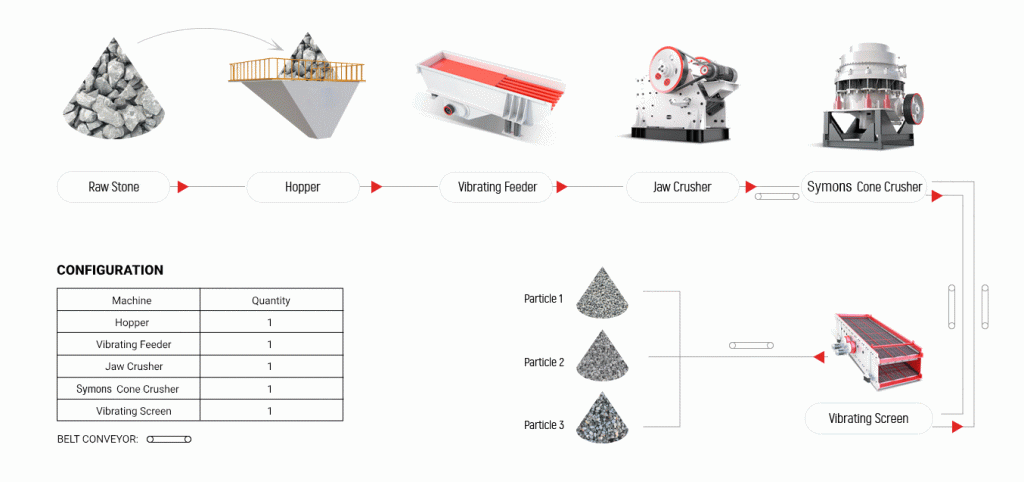
Choosing the right screening equipment is a critical business decision. By focusing on your material, your product goals, and the total system, you can avoid common pitfalls and build a highly efficient and profitable plant.
Learn various methods for separating antimony ore, including gravity separation, flotation, magnetic separation. Improve your antimony recovery process today!
View detailsMaximize efficiency in mineral processing! Uncover performance of five key crusher types, optimized for throughput, energy, and cost-saving ore reduction.
View detailsLearn simple, effective methods to identify gold ore. Our guide covers key tests like streak and hardness to help you tell real gold from fool's gold.
View detailsChoosing the right alluvial gold equipment is crucial. Compare trommel screens, jigs, and shaking tables to build an efficient processing line for max recovery.
View detailsWe use cookies to ensure that we give you the best experience on our website. If you continue to use this site we will assume that you are happy with it.
Privacy Policy